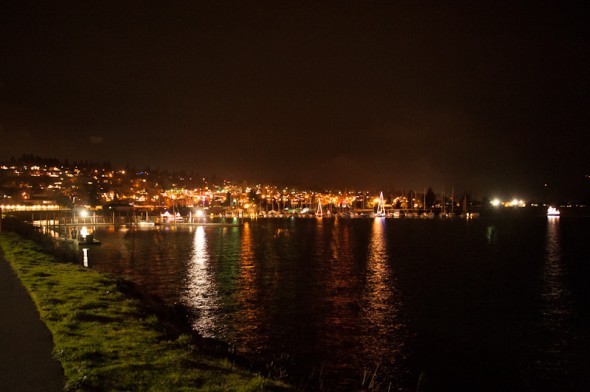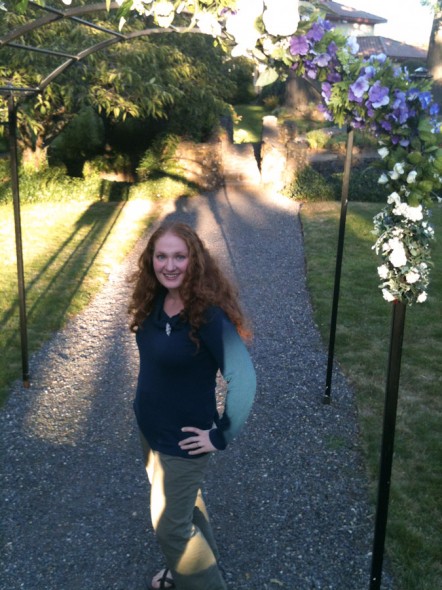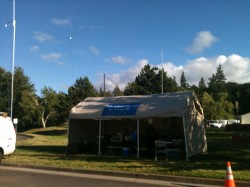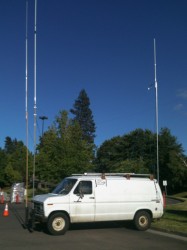We headed down to the marina Saturday evening to watch our local yacht club’s Lighted Boat Parade. Six boats participated this year. While we were waiting for the event to start, I set up my tripod while Siena and my wife headed down the waterfront trail. As they returned, Siena decided to run ahead toward me, crossing the path of five very large dogs with glowing LED collars, reminiscent of the robotic dogs from the movie Up! The dogs were friendly, but it gave us all a momentary scare to see them bounding toward her in the dark.
After gathering at the mouth of the harbor, the lighted boats headed off in formation toward their party spot. Sadly I didn’t get to join them; I could only shoot pictures from afar. Siena yelled “Merry Christmas!” to each boat as it passed closest to us. They were friendly and returned her greeting, some coordinating their effort to the count of three.

We were ready to head home as the boats crossed under the bridge and out of sight. Just before we reached the car, our daughter befriended a 5 year old and they took off running in the opposite direction. Together they followed the waterfront trail under the bridge to a nearby hotel where the boats had gathered to put on a show for the hotel’s guests. We definitely got our exercise trailing these preschoolers with boundless energy.
As we were headed home, Siena whined that she wanted to ride on the boats, to which my wife replied, “we ride in airplanes sweetie, not boats”. I smiled.






























